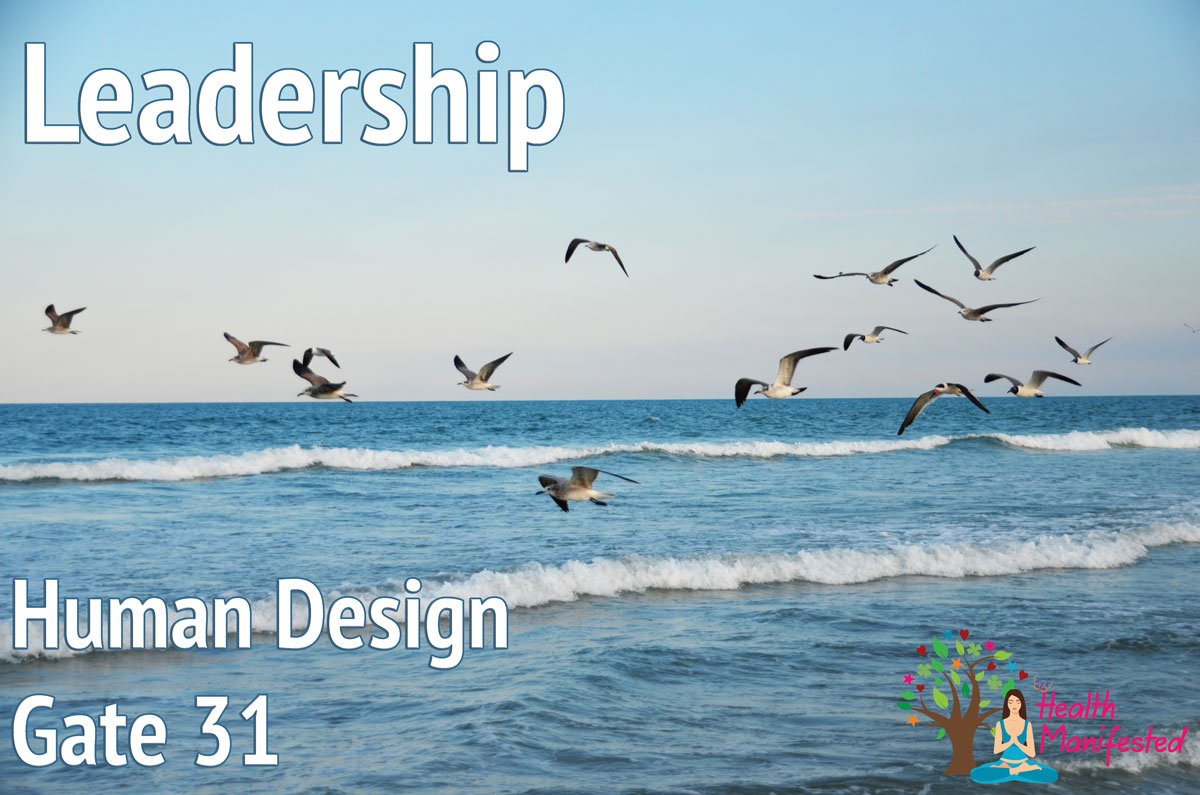Table Of Content

Chris Kroner and several others were working in the two-story MASS Design office in Poughkeepsie one night in 2018 when the seven-story building next door fell on top of them. That someone was Sierra Bainbridge, a landscape architect who had come to the GSD to teach a class. While overseeing construction of New York City’s High Line park, she began moonlighting on the Butaro project. In July 2009, two weeks after finishing the first phase of the High Line, Bainbridge flew to Rwanda, where she became—architecturally speaking—the professional in the room.
Public Memory and Memorials Lab
A 2014 project in Haiti, the GHESKIO Cholera Treatment Center, was a crisis response with aesthetic grace. After the devastating earthquake of 2010, Port-au-Prince’s only water filtration plant was non-functional, allowing the disease to proliferate. The permanent clinic MASS built there — with its sawtooth peaks clad in metal scrims that dapple the interior with filtered light — speak a visual language not of disaster response, but of sensitivity and care. I became a friend and ally to MASS, and later a member of the Board of Directors.
Love Letters
Though he served as lead architect on The Embrace memorial, Jonathan Evans joined the firm to lead its affordable-housing work. Domestically, the challenge is not building anew but rebuilding, and doing so through a web of regulation, contractors, and subcontractors. Still, he said, housing is alive with potential to address such issues as health, loneliness, and belonging. It looks nothing like an institutional American equivalent, beginning with its landscaped campus of low buildings arranged on a hilltop around an old umuvumu tree, thought to have marked the spot where the local king once engaged with his people.
"Architecture Can Heal": MASS Design Group's Katie Swenson on Building Equity Together
MASS Design’s focus was the setting and the larger story the memorial could tell. The circular plaza on which The Embrace sits is made of 1,300 diamond-shaped stone tiles with contrasting finishes. From above, it evokes an African American quilt and the shared “garment of destiny” of which King famously wrote.
Public Interest Architecture at the Harvard Graduate School of Design - Harvard Magazine
Public Interest Architecture at the Harvard Graduate School of Design.
Posted: Wed, 30 Aug 2023 19:10:16 GMT [source]
Design is led by our team of product and interior designers, and done in collaboration with our network of artisans to prioritize local materials, showcase local craft techniques, and minimize the carbon footprint. This entrepreneurial model encourages and supports local artisans and material suppliers, contributes to the regional economy, and assists in the creation of new supply chains. Solving practical issues is only the skeleton of architectural practice; how to solve those issues in a way that inspires positive human experience is its substance. MASS’s first project, the Butaro District Hospital, finished in 2011, is a cluster of low-slung buildings nestled into a Rwandan mountainside and centered around a massive umuvumu tree. It grounds the hospital in its spectacular environs, an anchor to the natural world. Built on a foundation of the lava rock that lies underfoot, the hospital orbits a lush central courtyard and draws in views and natural light from the surrounding valley, a reflection of verdant, biodiverse vibrancy.
The names of 65 Boston civil rights leaders are engraved in the tiles, and a quote from Coretta Scott King about love as a call to action is featured on the low wall around the plaza. MASS Design Group is a 501(c)3 not-for-profit organization, governed by a board of directors who supervise the activities of the organization. Together, The Embrace and The 1965 Freedom Plaza create a memorial which marks the first step in a transformative vision for the city of Boston.
The labs focus on food, sustainable Native communities, fringe cities, and restorative justice. With recent support from the Mellon Foundation, we started a “Public Memory and Memorial Lab” to advance research and work with thought leaders who are seeking to imagine, design, and build new monument projects across the nation. Worldwide, memory and history in built form—memorials, monuments, museums, street names, plaques, historic preservation markers—carry a responsibility to communicate complex histories and provide spaces for healing. Public memory and monuments, in their constancy and variety, encourage us to explore our individual humanity in connection to our society as a whole. We will provide direct support to organizations on projects that engage memorialization, collective memory, and truth-telling.
Homelessness has surged in the United States, with devastating effects on the public health system. Buried beneath the ground at the highest point in Poughkeepsie, New York, sits a 36,000-square-foot concrete cistern built in 1923 to hold the city’s water supply. Replaced in 2017 after it sprang a leak, drained and fenced off from passersby, the cistern no longer serves its purpose. Its unadorned, uninviting corner entrance juts from the ground, and its doors are locked. But inside, with its vaulted ceiling supported by slender concrete columns, it is a windowless cathedral.

The Embrace Opens on the Boston Common
A mural in the Point neighborhood of Salem, Mass., reads, “Knowing your neighbor will transform love into power.” Why does love matter in cities? Love is what makes us commit to solving hard problems, to shelter and protect each other. I joined the Rose Fellowship as a fellow in 2001 in Charlottesville, Va., In 2006, I became the director of the program, until I made the transition to MASS Design Group in 2020. The program has become more comprehensive and supportive for fellows and communities, and more diverse in its personal composition, programmatic goals, and project types. It is now thriving under the leadership of Mark Matel, a Rose fellow alum, and supported by a robust National Design Initiatives team at Enterprise.
Its eclectic and interdisciplinary approach to social and political issues appealed to me. It also gave me a chance to spend my junior year of college in Paris, studying literary theory at the University of Paris. The academic work was amazing, as was meeting other members of my program from universities across the US, an incredible group of people in the film, media, literature, and journalism worlds.

That identity is reflected in a new leadership team of three co-executive directors. Christian Benimana, a Rwandan architect, is responsible for the African portfolio of work, Ricks for departments that run across the organization, and Patricia Gruits for the U.S. studios. But Rwanda is where MASS was born, in 2008, and the exhibition is a brisk, readable overview of the evolution of the firm’s mission. Paul Farmer, a co-founder of Partners In Health, the Boston-based nonprofit with a global mission to improve health care access for people living in poverty, issued the challenge that became its catalyst.
The first floor is devoted to commercial space—and a nonprofit community health center. I believe America has a future where everyone has a place to call home—not just any place, but a place that promotes health and is environmentally friendly, a place that provides not only shelter but dignity, identity, and grounding in a community. To do that we need to commit to a national housing policy that reflects our deepest care for each other. The right to housing is recognized in many countries, and in the universal declaration of human rights. The US must create a federal housing policy that ensures equitable access to high quality housing. But, as we know, love starts at home, and states and cities must do the policy work to ensure that federal dollars are invested in housing that reflects the cultural and ecological values of diverse communities.








